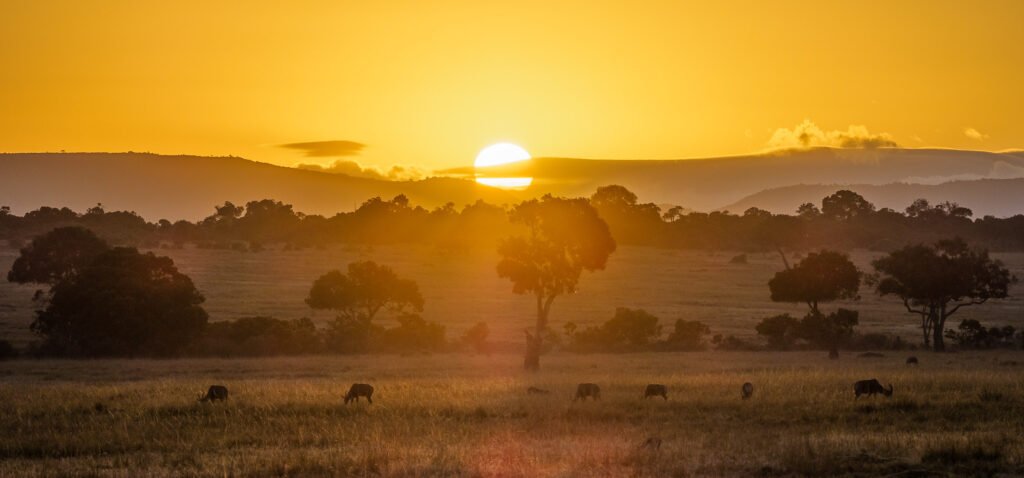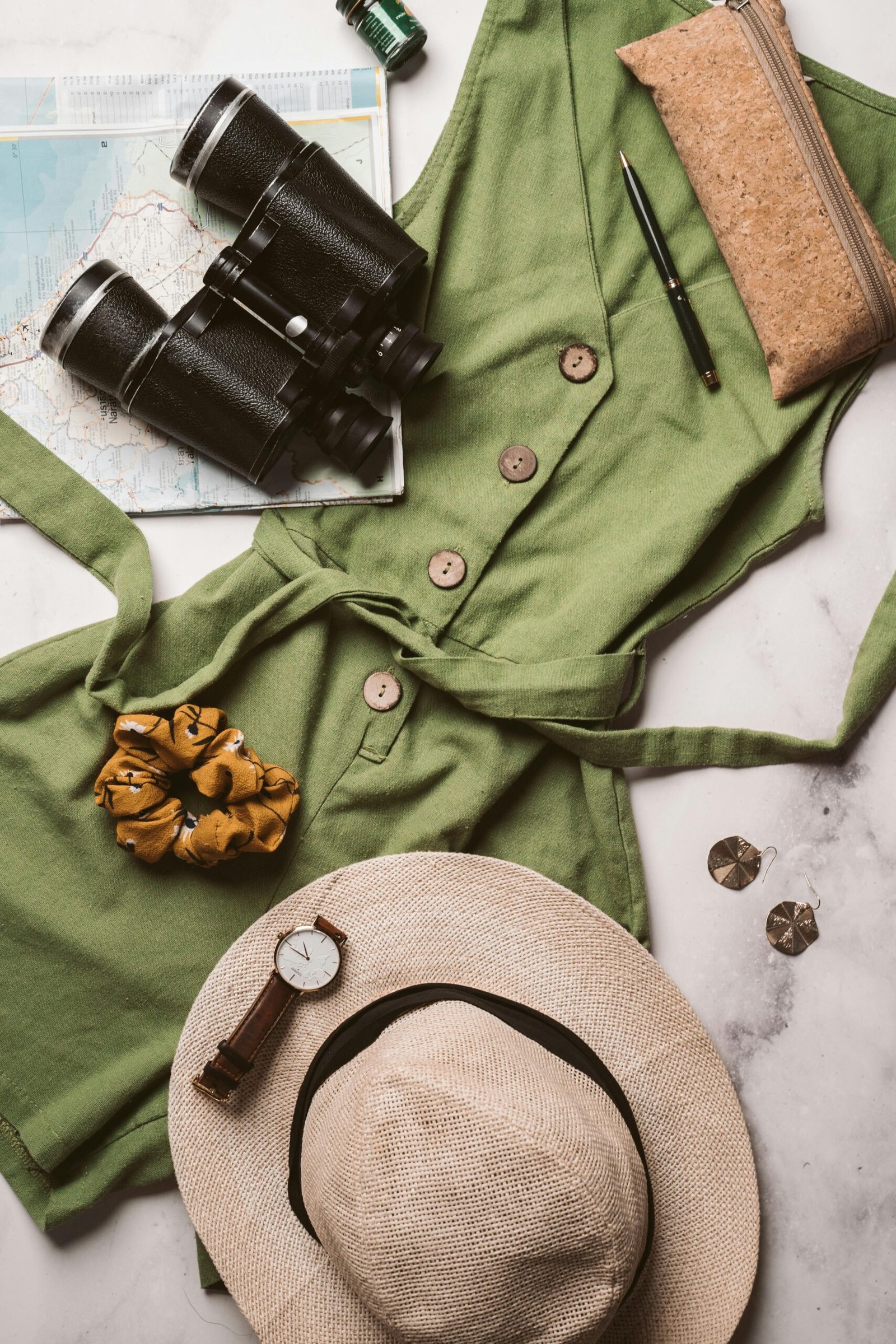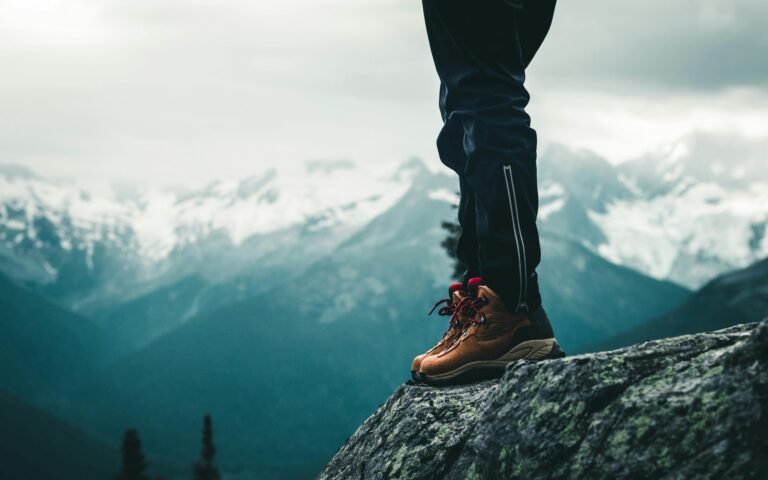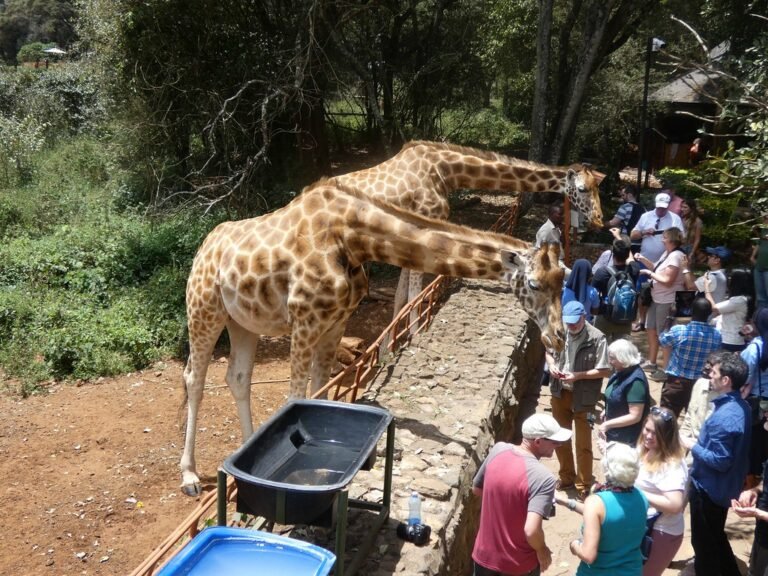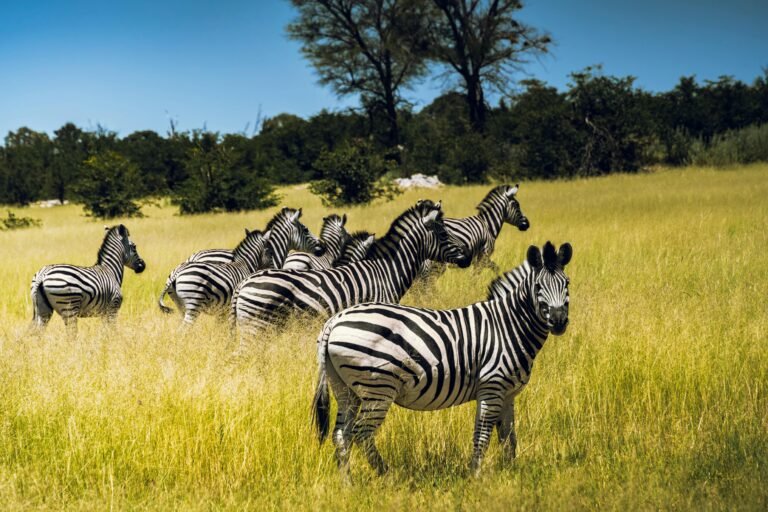Top Photography Tips for Capturing Safari Adventures
Embarking on a safari adventure is an exhilarating experience, offering unique opportunities to witness wildlife in their natural habitat. Capturing these moments through photography allows you to relive and share your adventures with others. However, photographing wildlife can be challenging due to unpredictable animal behavior, varying lighting conditions, and the vastness of the landscape. In this article, we provide top photography tips to help you capture stunning images on your safari, and recommend the best cameras for the job, catering to different budgets and user friendliness.
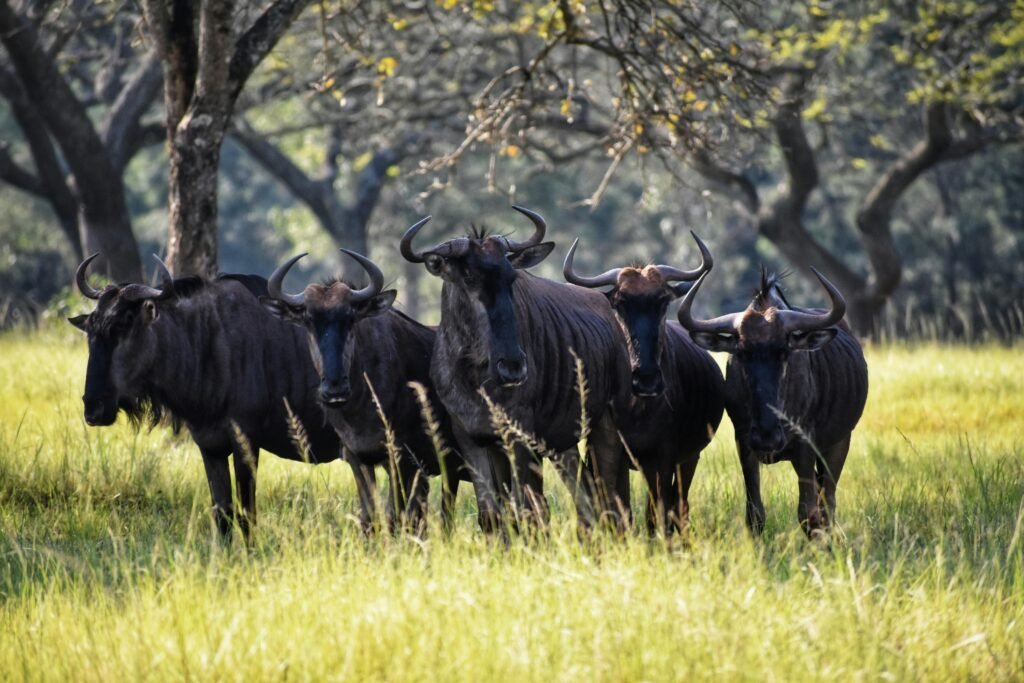
1. Choose the Right Camera and Lens
The first step to great safari photography is selecting the right camera and lens. For this, we recommend the Canon EOS R6 Mark II Mirrorless Camera. Here’s why this camera is perfect for your safari adventure:
Compatible Mountings: Canon RF
Aspect Ratio: 16:9
Photo Sensor Technology: CMOS
Supported File Format: C-RAW, HEIF, JPEG
Image Stabilization: Sensor-shift
Maximum Focal Length: 105 Millimeters
Maximum Aperture: 4 f
Expanded ISO Minimum: 50
High image quality featuring a new 24.2 megapixel full-frame CMOS sensor
DIGIC X Image Processor with an ISO range of 100-102400, expandable to 204800
High-speed continuous shooting of up to 12 fps with mechanical shutter and up to 40 fps electronic (silent) shutter, RAW burst mode and pre-shooting captures up to approx. 30 fps
Dual Pixel CMOS AF II covering up to 100% x 100% area with 1,053 AF zones
Automatic subject detection of people, animals, and vehicles using deep learning technology with new subjects to detect including aircraft, trains, and horses
2. Understand Animal Behavior
Understanding the behavior of the animals you’re photographing can significantly improve your chances of capturing great shots. Spend time observing your subjects and learning about their habits, feeding times, and social interactions. Patience is key—waiting for the perfect moment often results in the most stunning photographs.
3. Use the Right Settings
Shutter Speed
Wildlife can be unpredictable and fast-moving, so using a high shutter speed is crucial to freeze the action. For most wildlife shots, a shutter speed of at least 1/1000th of a second is recommended. The Canon EOS R6 Mark II‘s high-speed continuous shooting capabilities make it an excellent choice for capturing these fleeting moments.
Aperture
Using a wide aperture (low f-stop number) helps to blur the background, making your subject stand out. An aperture of f/4 or lower is ideal for wildlife photography, providing a shallow depth of field and beautiful bokeh.
ISO
In low-light conditions, you may need to increase your ISO to maintain a fast shutter speed. The Canon EOS R6 Mark II‘s ISO range of 100-102400 (expandable to 204800) ensures you can capture clear, noise-free images even in challenging lighting.
4. Focus on Composition
Composition plays a vital role in creating visually appealing photographs. Here are some tips to enhance your composition:
Rule of Thirds
Imagine your frame divided into nine equal parts by two horizontal and two vertical lines. Place your subject along these lines or at their intersections to create a balanced and engaging composition.
Leading Lines
Use natural lines in the environment, such as paths, trees, or rivers, to lead the viewer’s eye towards the main subject. Leading lines add depth and interest to your photos.
Frame Within a Frame
Look for natural frames, such as branches or rocks, to enclose your subject. This technique adds context and directs attention to the focal point of your image.
5. Capture Different Perspectives
Experimenting with different perspectives can add variety to your safari photographs. Try shooting from a low angle to emphasize the size and power of your subjects, or from a high vantage point to capture the vastness of the landscape. Changing your perspective can provide fresh and exciting views of familiar scenes.
6. Take Advantage of Lighting
Lighting can make or break a photograph. Here’s how to use lighting to your advantage:
Golden Hour
The golden hour—shortly after sunrise and before sunset—provides soft, warm light that enhances the natural colors of your subject and creates long shadows for added depth. Plan your shoots around these times for the best lighting conditions.
Backlighting
Backlighting can create dramatic silhouettes and highlight the contours of your subject. Position yourself so that the light source is behind the animal, and adjust your exposure settings to capture the details in the shadows.
Overcast Days
Overcast skies act as a natural diffuser, providing even lighting and reducing harsh shadows. These conditions are ideal for photographing animals with intricate details, such as fur or feathers.
7. Be Patient and Persistent
Wildlife photography requires patience and persistence. Animals are unpredictable, and the perfect shot may not happen immediately. Be prepared to wait and take multiple shots to increase your chances of capturing the ideal moment. The Canon EOS R6 Mark II’s high-speed continuous shooting mode is perfect for this, allowing you to take numerous shots in quick succession.
8. Respect Wildlife and Their Habitat
While capturing stunning photographs is important, respecting wildlife and their natural habitat is paramount. Maintain a safe distance from animals to avoid disturbing them, and never attempt to feed or provoke them for a better shot. Follow the guidelines provided by your guide or park authorities to ensure the safety of both you and the animals.
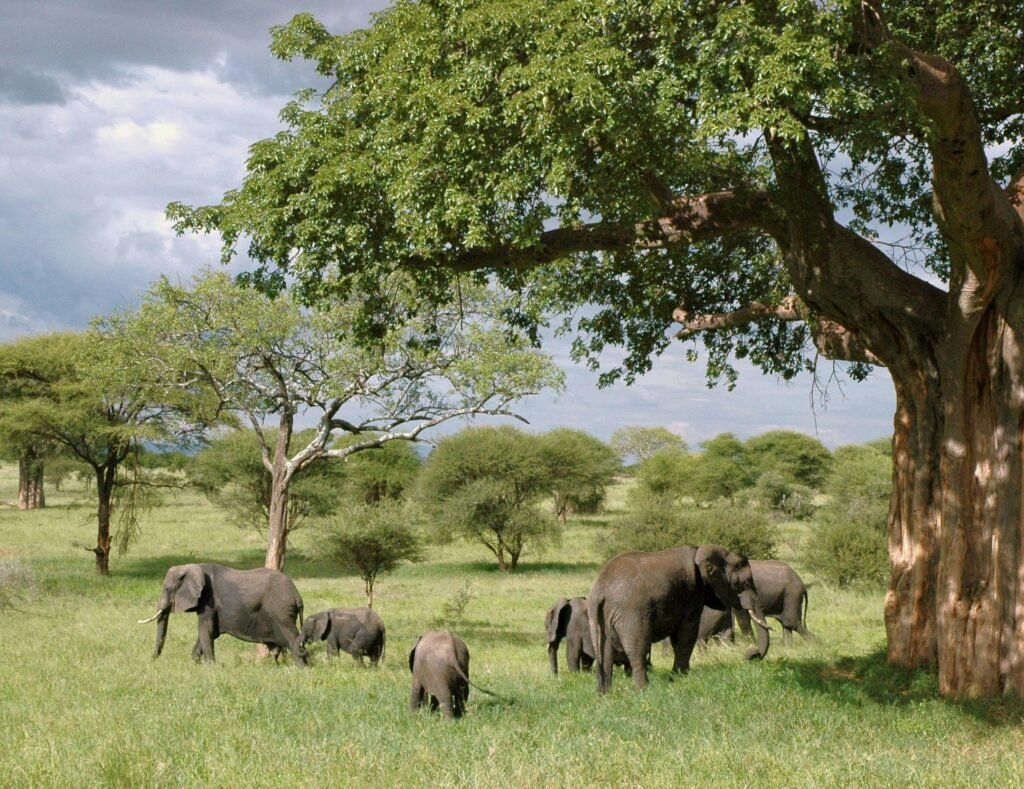
9. Use a Stable Support
Using a stable support, such as a tripod or bean bag, helps to eliminate camera shake and produce sharper images. This is particularly important when using long telephoto lenses. The Canon EOS R6 Mark II‘s sensor-shift image stabilization also helps to minimize blur, allowing for handheld shots in challenging conditions.
10. Edit Your Photos
Post-processing is an essential part of modern photography. Use photo editing software like Adobe Lightroom or Photoshop to enhance your images. Adjust the exposure, contrast, and colors to bring out the best in your photos. Be mindful not to over-edit, as preserving the natural look of your images is key.
Recommended Cameras for Safari Adventures
Canon EOS R6 Mark II
The Canon EOS R6 Mark II is an exceptional choice for safari photography. Here are the key features that make it stand out:
- High Image Quality: Featuring a new 24.2 megapixel full-frame CMOS sensor, the camera delivers stunning, high-resolution images.
- DIGIC X Image Processor: With an ISO range of 100-102400, expandable to 204800, you can capture clear images even in low-light conditions.
- High-Speed Continuous Shooting: Up to 12 fps with mechanical shutter and up to 40 fps with electronic (silent) shutter, ensuring you never miss a moment.
- Dual Pixel CMOS AF II: Covers up to 100% x 100% area with 1,053 AF zones, providing fast and accurate autofocus.
- Automatic Subject Detection: Uses deep learning technology to detect people, animals, and vehicles, including new subjects like aircraft, trains, and horses.
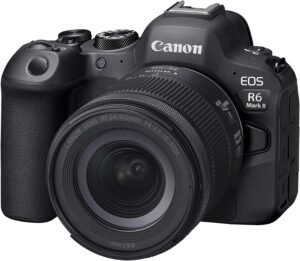
Nikon D3500 DSLR Camera
The Nikon D3500 is an excellent entry-level DSLR that combines affordability with ease of use, making it a great choice for beginners.
Features:
- 24.2 MP DX-format CMOS sensor
- EXPEED 4 image processor
- ISO range of 100-25600
- Full HD 1080p video recording
- 11-point autofocus system
- Guide Mode for beginners
The Nikon D3500 is lightweight and compact, perfect for those new to photography who still want to capture high-quality images on safari.
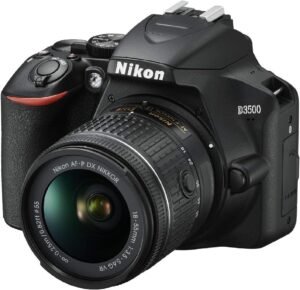
Sony Alpha a6000 Mirrorless Camera
The Sony Alpha a6000 is a versatile and affordable mirrorless camera that offers excellent image quality and fast autofocus, making it ideal for safari photography.
Features:
- 24.3 MP APS-C CMOS sensor
- BIONZ X image processor
- ISO range of 100-25600
- 11 fps continuous shooting
- Fast Hybrid AF with 179-point phase-detection
- Full HD 1080p video recording
The compact size and impressive autofocus capabilities of the Sony Alpha a6000 make it a great choice for capturing wildlife on the move.
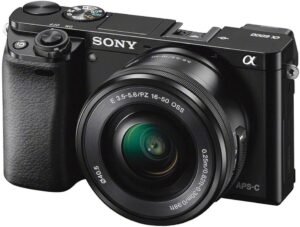
Canon PowerShot SX70 HS
For those looking for a budget-friendly point-and-shoot camera with powerful zoom capabilities, the Canon PowerShot SX70 HS is an excellent option.
Features:
- 20.3 MP CMOS sensor
- DIGIC 8 image processor
- 65x optical zoom lens (21-1365mm equivalent)
- ISO range of 100-3200
- 10 fps continuous shooting
- 4K UHD video recording
The Canon PowerShot SX70 HS is easy to use and offers incredible zoom, making it perfect for capturing distant wildlife without the need for additional lenses.
Buy the Canon PowerShot SX70 HS
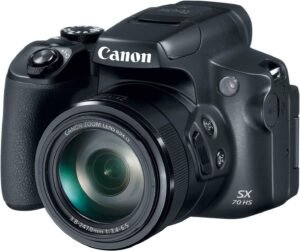
Conclusion
Capturing the beauty and excitement of a safari adventure through photography is incredibly rewarding. By choosing the right equipment, understanding animal behavior, mastering camera settings, and employing creative composition techniques, you can create stunning images that tell the story of your safari. The Canon EOS R6 Mark II is an excellent choice for this purpose, offering advanced features and exceptional performance to help you capture every moment in stunning detail.
Buy the Canon EOS R6 Mark II on Amazon and embark on your safari adventure equipped with the best gear to capture unforgettable memories.
